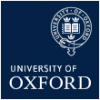The main aim of the historical experiment is to understand regional trends in aerosol distribution from 1850 to 2015 and make an AeroCom reference aerosol distribution dataset (1850-2015). This experiment will also quantify the aerosol impact on TOA and surface forcing with a main emphasis on the direct aerosol effect. We underscore that the CMIP6 CEDS emissions must be used for the historical simulations. Simulations can either be performed with fixed sea-surface temperature (SSTs), historically evolving SSTs or fixed meteorology for one year. We encourage radiative forcing simulations, but if difficult to achieve on a short time frame we are interested also to have the aerosol fields without forcing diagnostics. To perform radiative forcing calculation in the case of using SST fields, we encourage double radiation calls. This output should as a minimum be every 10th year until 1980, thereafter a minimum of every 5th year 1980-2015 (preference yearly).
Timeline: Initial analysis of trends in aerosols distribution and radiative forcing ready by next AeroCom workshop in September 2019. Paper to be submitted by December 2019 (IPCC deadline).
Column with diagnostic requests in excel sheet: HIST
Document(s) with more info:Concentrations and radiative forcing of anthropogenic aerosols from 1750 to 2014 simulated with the Oslo CTM3 and CEDS emission inventory (Lund et al., 2018) https://www.geosci-model-dev.net/11/4909/2018/gmd-11-4909-2018-discussion.html




